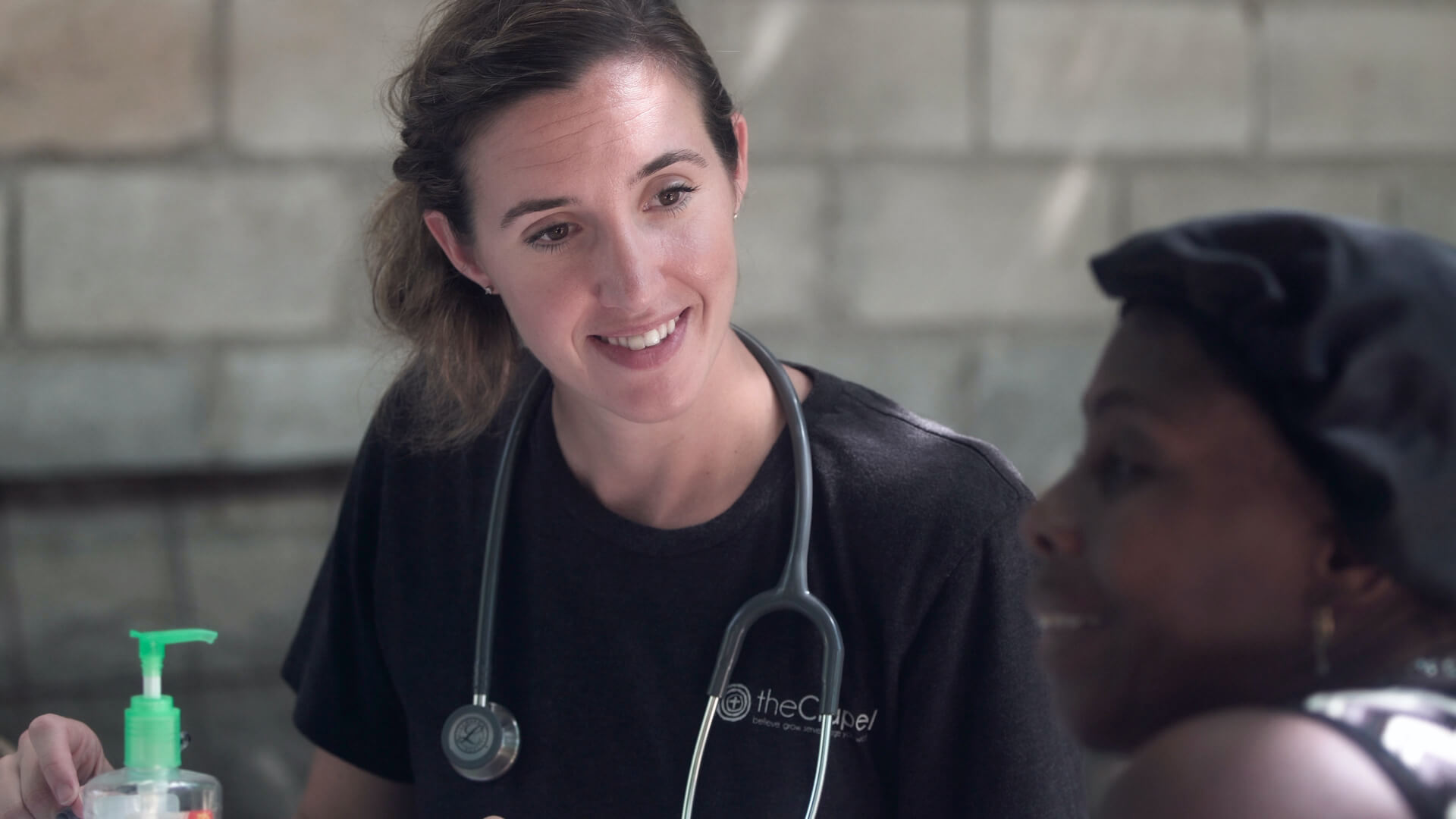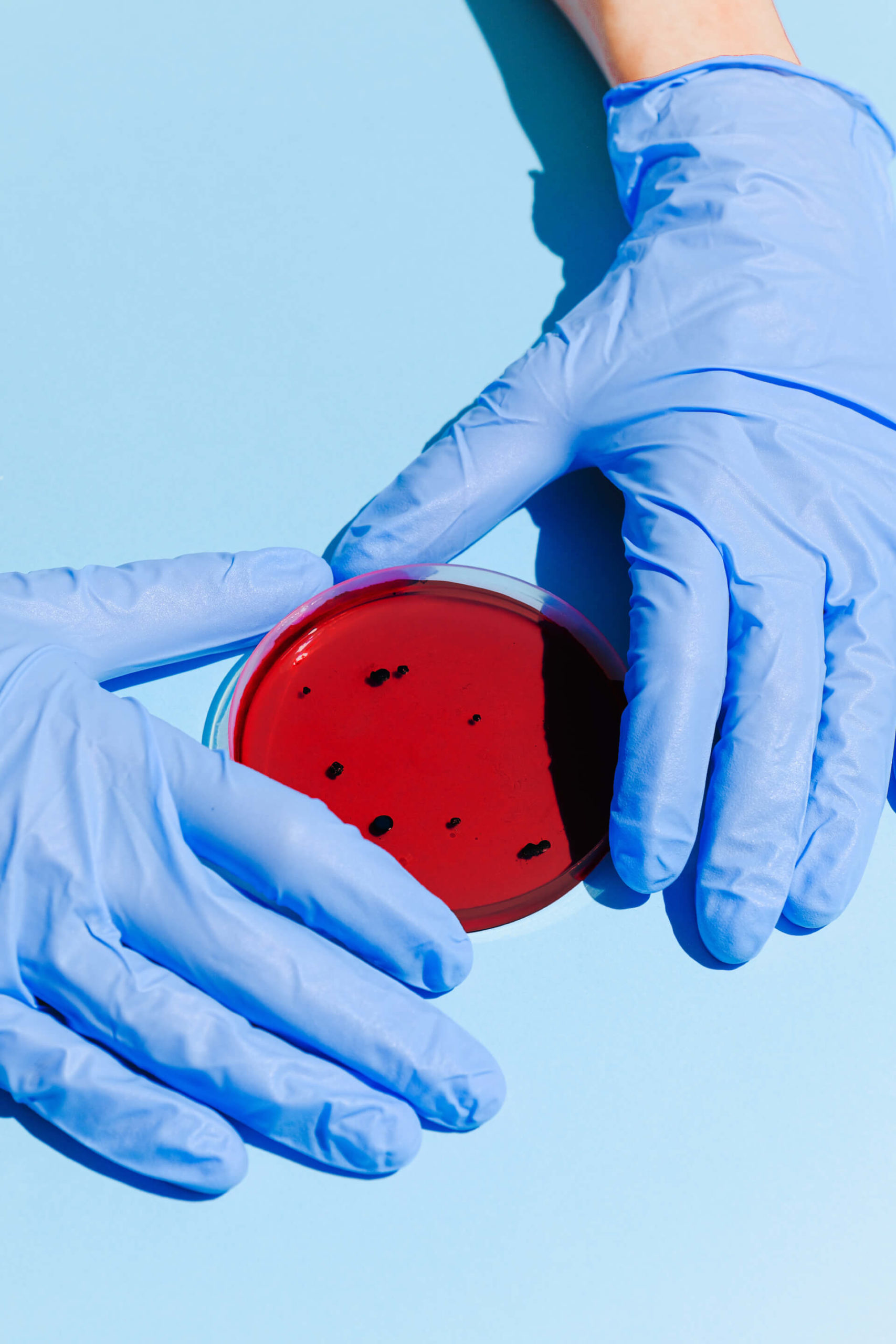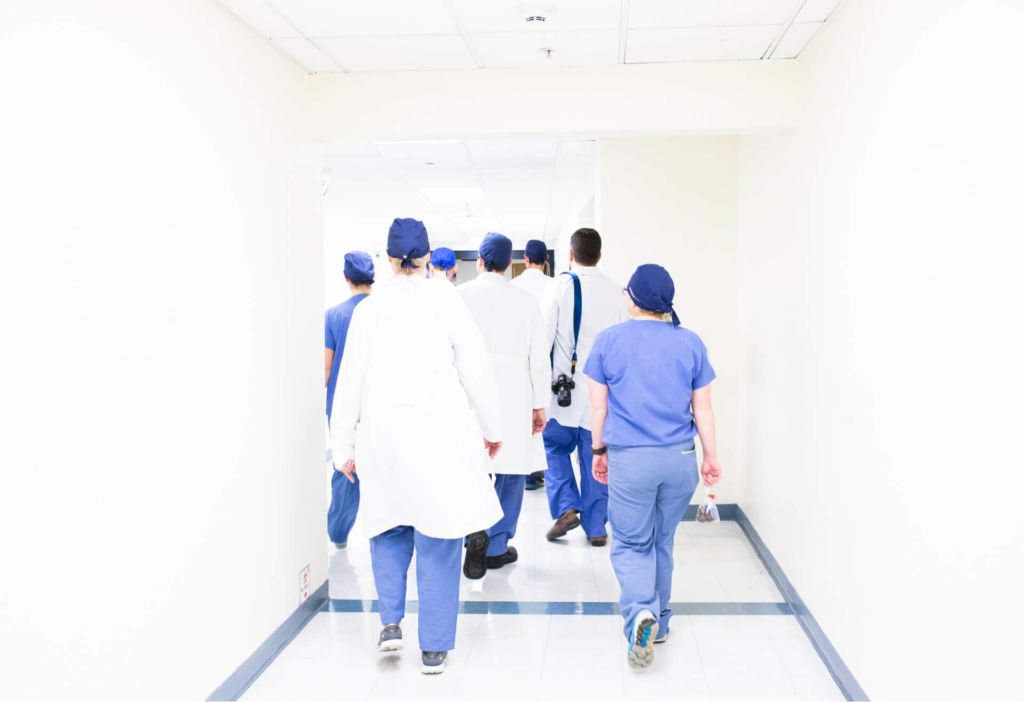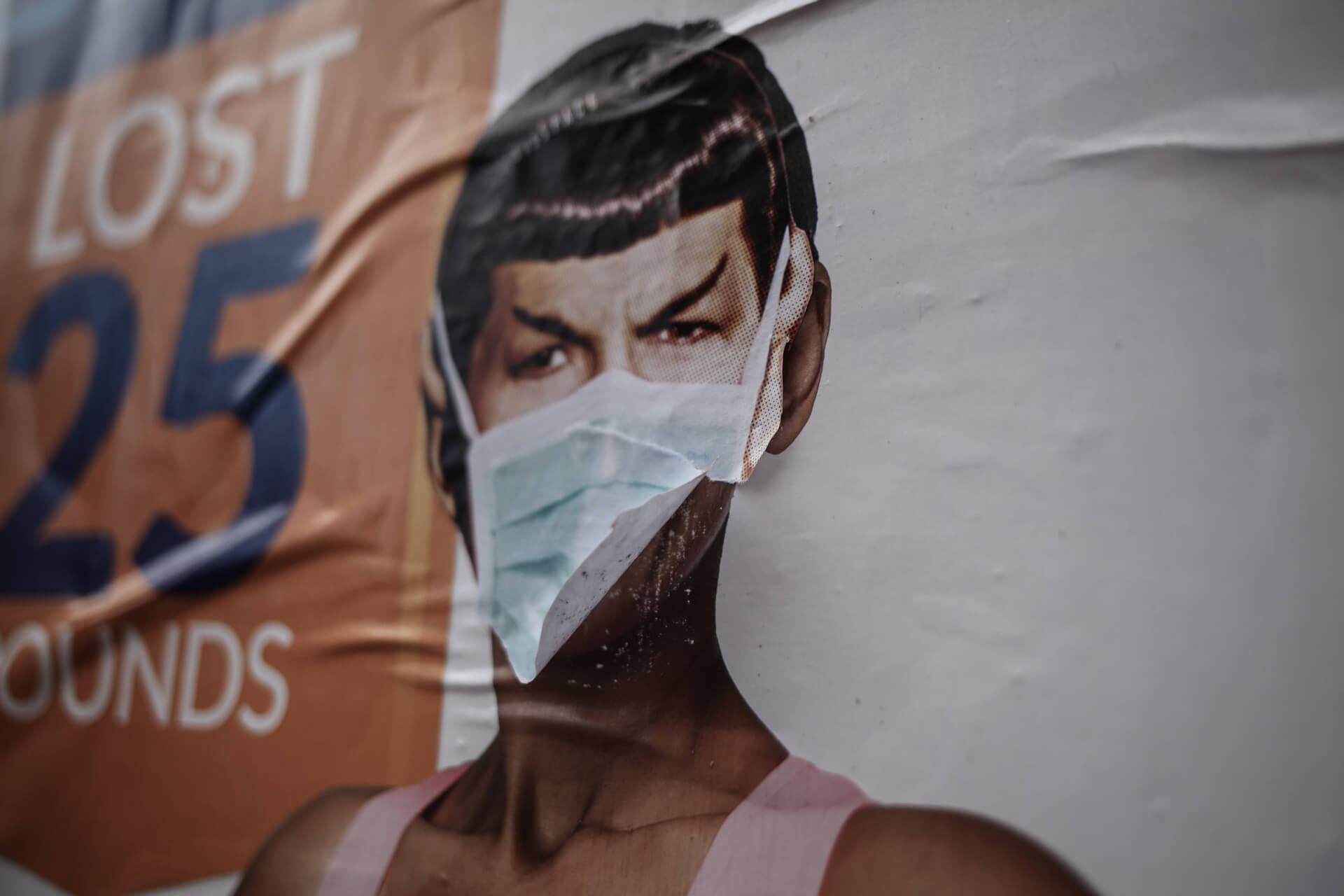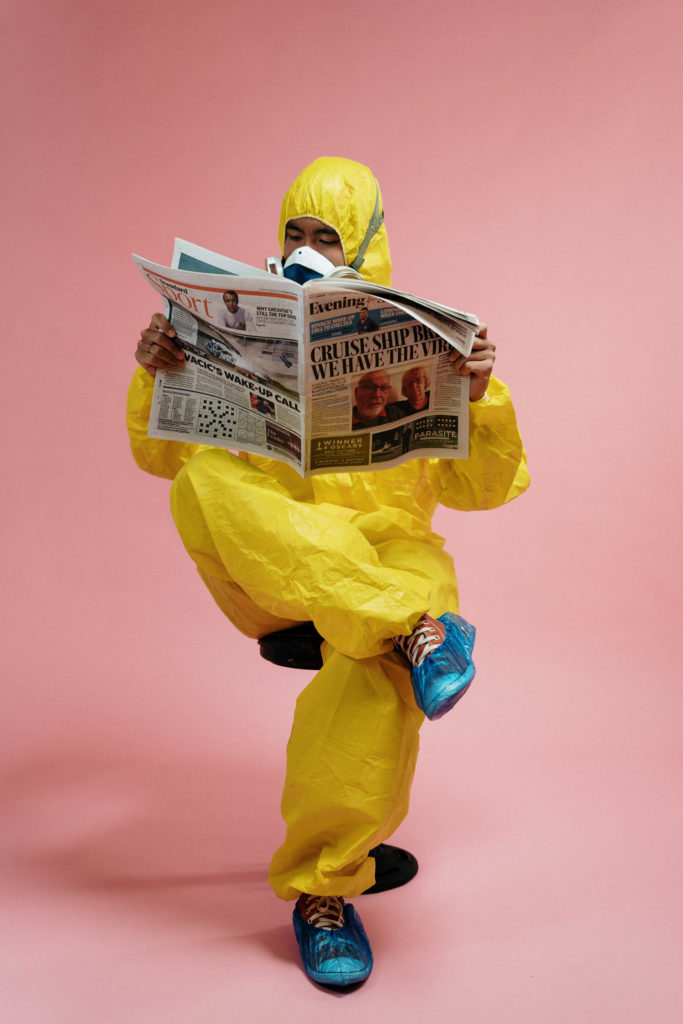The weekend has seen a spate of anti-lockdown protests across the US in Ohio, Michigan and Colorado.
But a standout image by photographer Alyson McClaran came on Sunday from Denver, Colorado. As protesters gathered outside the capitol steps and others assembled in their automobiles to ask the city to reopen for business, healthcare workers stood in the middle of the road in their scrubs. After having spent the last weeks treating Covid-19 patients, they staged their own demonstration: they wanted to remind the protestors of why the shutdown measures are important
One protestor in particular did not like it. She leaned out of her car window, wearing an American flag T-shirt, holding a placard that read «land of the free». Then, she yelled to the protester wearing scrubs: «This is a free country. This is the land of the free. Go to China!»

She appeared to be expressing the view that closing down non-essential services in the US is equivalent to the actions of a communist state, as she continued: «If you want communism, go to China. Now open up and go to work.»
The anti-lockdown protesters drove to the protest in trucks, vans, motorcycles and buses – one man even protested on horseback, wearing a cowboy hat and carrying an American flag. Photographs show protestors in Maga hats and while some are wearing masks, social distancing protocol seems to have been largely ignored. (It is worth noting that the wave of anti-lockdown protests has also been fueled by fringe far-right groups organizing to cynically exploit this time of crisis.)
Other sources report that frontline workers were applauded for taking a stand against the demonstration (a recent Pew Research poll shows that most Americans are worried about lockdown measures being lifted too soon).
According to local reports, some protesters said that they believed the government shutdown was part of a wider plan to undermine the economy and hurt Donald Trumps’ re-election prospects. Others voiced fears about businesses closing and the impact of a recession on the livelihoods of local employees.
Colorado, like much of the rest of the country, has seen unprecedented job losses as a result of the pandemic, with more than 232,000 filing for unemployment benefits since mid-March. The pandemic has been responsible for around 400 deaths in the state.

